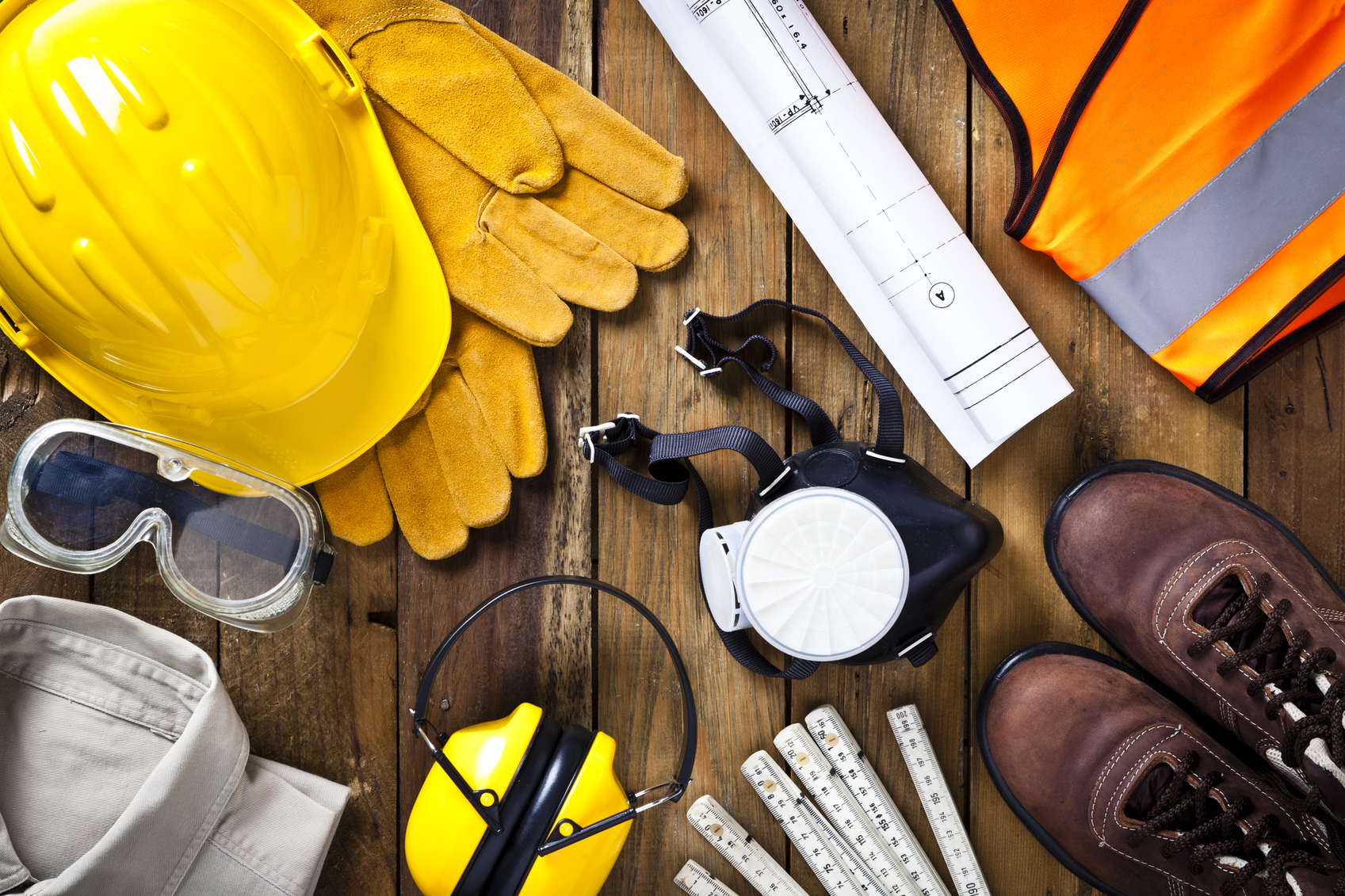Safety is not my goal. You read that right—Safety is NOT my goal. Have you ever noticed the sign on the back of pick-up trucks (usually construction company trucks) that state that “SAFETY IS MY GOAL.” I strongly recommend that when you see one of those trucks, do not pass the truck; I repeat, do not pass the truck. It’s obvious that if the driver is aiming towards safety, he just hasn’t gotten there yet. Better to stay behind him and see where he heads. Who knows, maybe there’s a sale at the local home improvement store and he’s planning on buying a bucket or two of safety.
Whenever I see one of those signs, I think about how some of this safety stuff just doesn’t make sense. Don’t get me wrong; I’m all for workers not getting hurt, injured, maimed, crushed, decapitated, dismembered, paralyzed or killed. However, when you see a sign that declares that safety is a goal, it suggests to me that perhaps we are misunderstanding the concept. According to Webster’s dictionary, safety is “the state of being safe from the risk of experiencing or causing injury, danger or loss.” This of course, makes you wonder what the definition of safe is. Safe: “Offering security from harm or danger; free from injury or risk.” By these definitions, your friendly pick-up truck driver is looking for safe haven and has yet to arrive, suggesting that he/she is not safe—yet. That is precisely why you want to stay behind the truck! As long as we’re ripping on the truck driver, we should probably figure out what goal means, which is: “The result or achievement toward which effort is directed.” So, there you have it: The driver is indeed driving to his/her goal of achieving the desired result which seems to be finding a safe house, or some such similar place where peace and tranquility reside while harm and danger are prohibited from entering. This doesn’t sound so good since the road to tranquility is typically paved with danger and despair.Basically, safety is a process, a habit, a way of doing things; it is not a goal. Safety is like the universe in that there is no end. You cannot acquire safety, you can only practice it. You can use it, you can apply it, you can reap the rewards of safety but you can never buy it like you would the pickup truck with that disdainful sticker.
There must be another way to approach the concept of safety and of course there is. It appears to me that treating safety as a stand-alone entity is neither wise nor effective. Safety is not a product that can be purchased down at the local hardware store. Safety is integral to your daily habits, just as putting on your pants and shoes is a habit. The foreman never tells you to wear your pants but he’ll tell you to put on your safety glasses. Why? After all, you don’t really need pants to do your work any more than you need safety glasses to do your work. He doesn’t tell you to wear a coat and hat in winter but you do, don’t you. But yet, he has to remind you to install your ear plugs. Why is that?
Somewhere back in your younger days you were told to not run with scissors in your hands. Were you told why? I don’t recall that I was. What else were you taught about safety back in those formative days? When were you taught about the use of ear plugs, respirators, gloves, hard hats, safety glasses and steel toed boots? I’ll bet it wasn’t in grade school. When you were young you were never taught to include safe practices in your everyday activities. Sure, you were taught to not run out in the street but did any of your teachers really explain how to carefully consider your actions to minimize the risk of getting hurt? I doubt it. You didn’t learn anything useful about jobsite safety until you got a job. And even then, depending on the employer, you may have learned nothing.
This whole idea of safety is relatively new to society. An entire industry has been built on the idea that safety is separate from other work activities. We have safety professionals, safety managers, and even safety consultants. We put up signs that tell us how many days we have been safe, that is nobody got injured or killed. Have you ever seen a sign that tells us how many days the employees showed up wearing pants? (I’d love to see that sign!) Why do we have to tell everyone that we didn’t maim anyone for the past 30 days or whatever record we want to brag about? If everyone on the job is really safe, that is working productively without risk of injury or death, aren’t these employees just doing their jobs? There should be nothing special about not getting your head cut off while at work.
Fortunately, there are changing habits on the jobsite. For example, more Job Hazard Analyses (JHA) are being conducted prior to the start of work, allowing employees to actually incorporate the best practices when undertaking their work for the day. These best practices will naturally include the safest way to do the work. In other words, safety is not separate but rather is integral to the means and methods of doing the work. If pants are needed, wear them; if ear plugs are needed, wear them; if a saw is needed, choose the right one for the task at hand.
Safety isn’t that complicated, nor should it be. It only gets complicated when we make it so. It’s easy and straightforward; do your work correctly and the safety will be there. There should be no need to emphasize safety or make it a goal. That would be counterproductive and unsafe.









